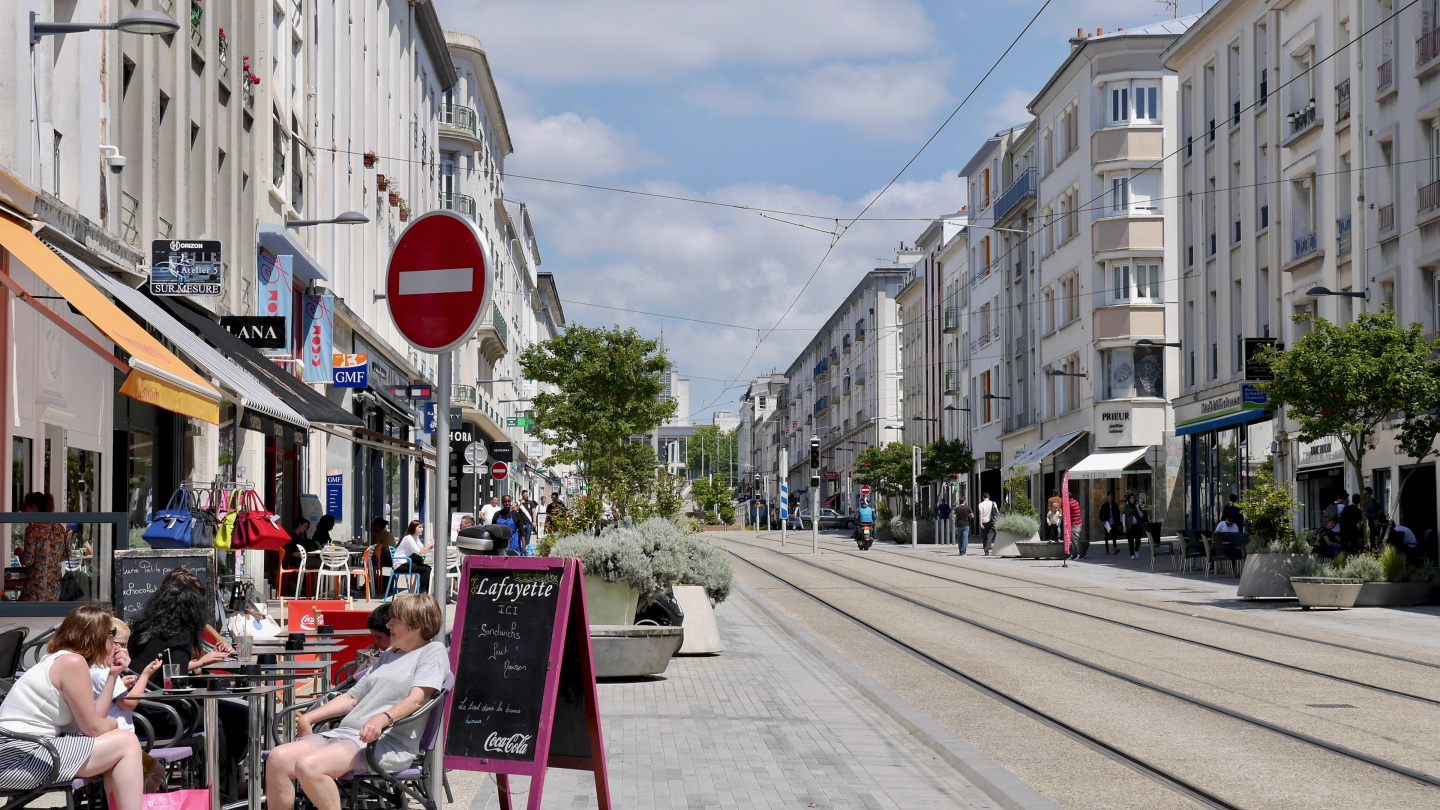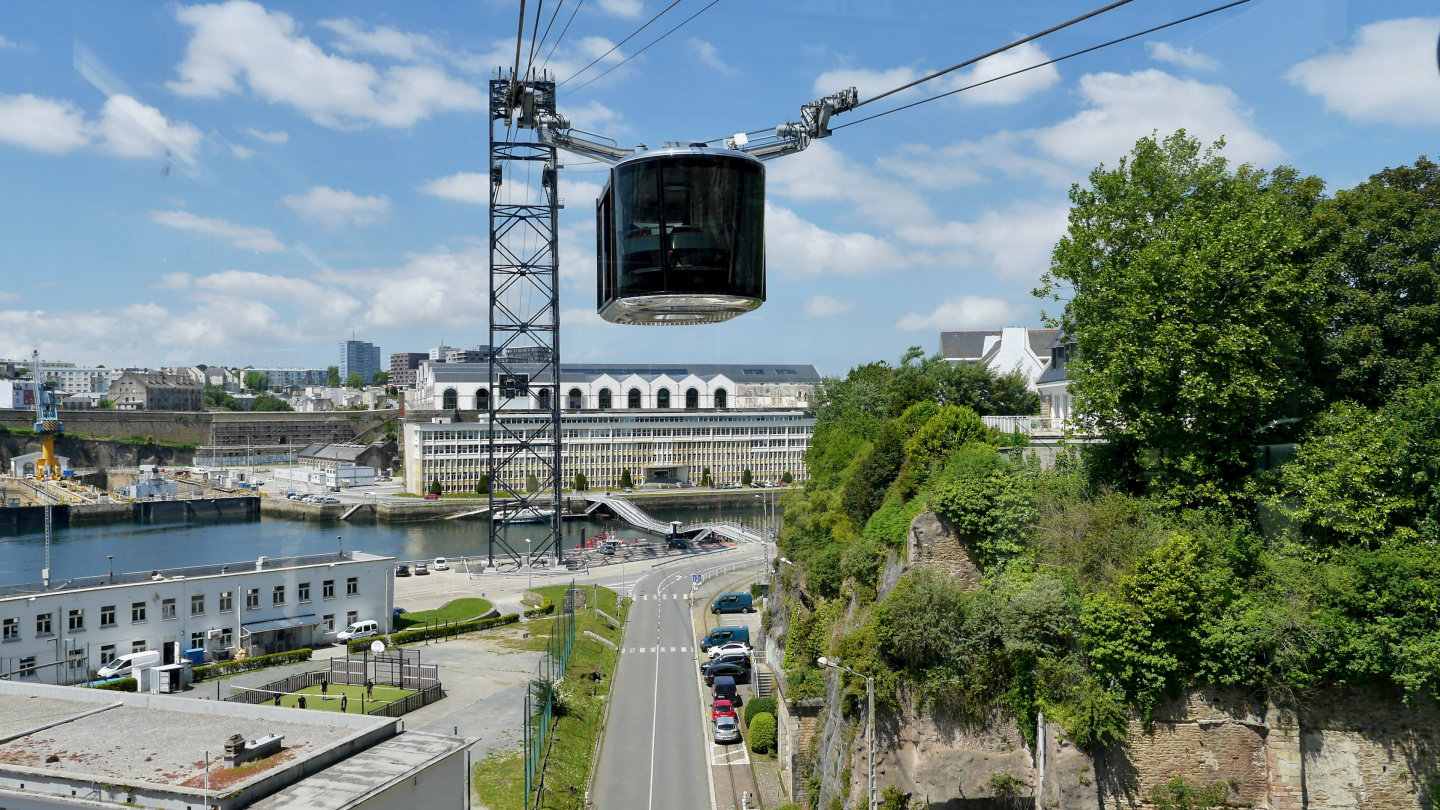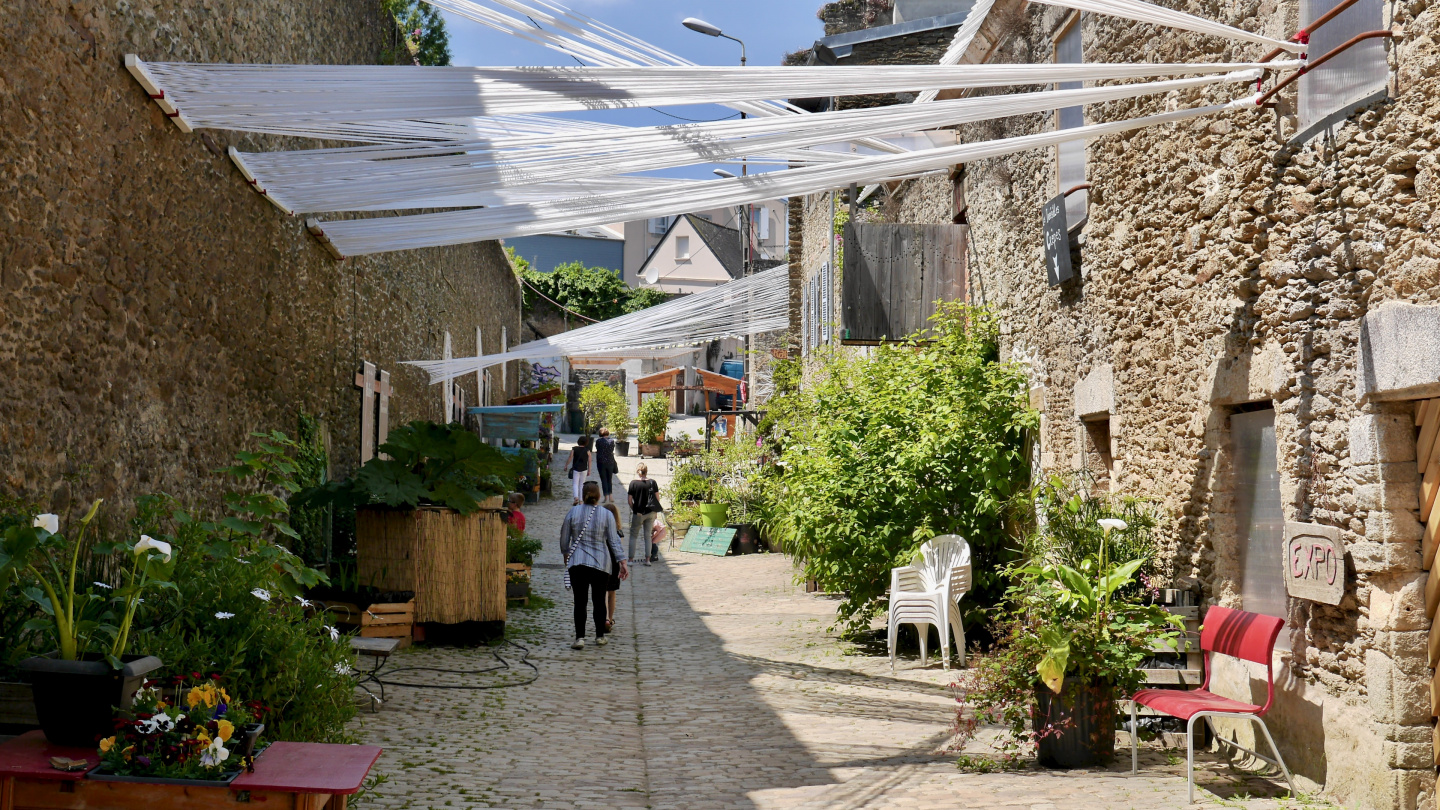For a long time Suwena’s summer voyage started in warm sunshine when we cast off the lines in Roscoff on Monday morning. Hopefully this is a foretell that we have a warm weather for the whole trip. To be sure however, we have planned generous weather allowance in our travel plan as during the previous summers we have got stuck in harbours due to the heavy winds quitea few times.
We departed in windless weather towards west and the town of Brest. We used our iron genny for most of the 70 nautical mile leg. At sea there were about 10 yachts on a way to west and around the cape Finistère. At a times there was some wind and each of the boats tried sailing in turns but there was just not enough wind there.
The most challenging point of the route was Chenal du Four that is a strait between north-west corner of France and Île de Ouessant or the island of Ushant. The current runs fast in the strait and during the spring tides can reach up to 9 knots. Thus its better to time the arrival with current and wind working from same direction, otherwise there would be quite a ride on standing waves.
The town of Brest can be reached by passing the mile wide strait of Goulet de Brest. There are two marinas in Brest. We selected Marina du Château that is closer to the centre. The other is Marina du Moulin Blanc that is located five kilometres from the centre next to the Océanopolis aquarium. The latter should also be prettier. We however wanted to stay closer to the centre and get ourselves acquainted by walking around the town. Thus Marina du Château was more suitable for us. Unfortunately it is located between military and commercial ports so the view is not the best in the world.
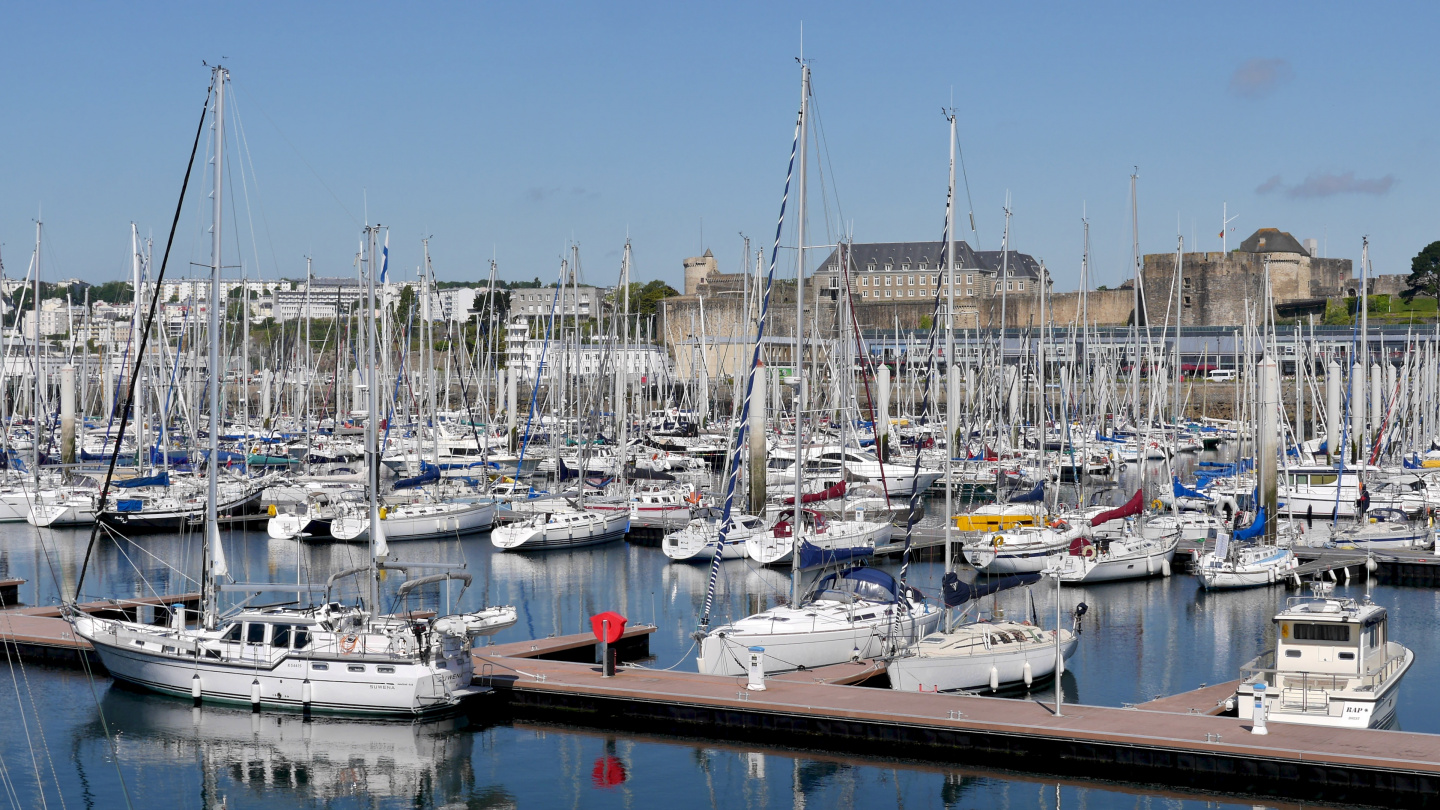
Brest was bombed completely flat during the Second World War except a very few buildings and it is rebuilt after the war ended. Architecturally Brest is a little boring. Only the Brest castle, Tanguy tower and old buildings on Saint-Malo Street have survived.
There are stairs from the marina to the upper level of Brest. We headed first to the Brest castle. Only the eastern part of the castle is open to the public and it contains National Maritime Museum. Other parts of the castle are still used by French navy.
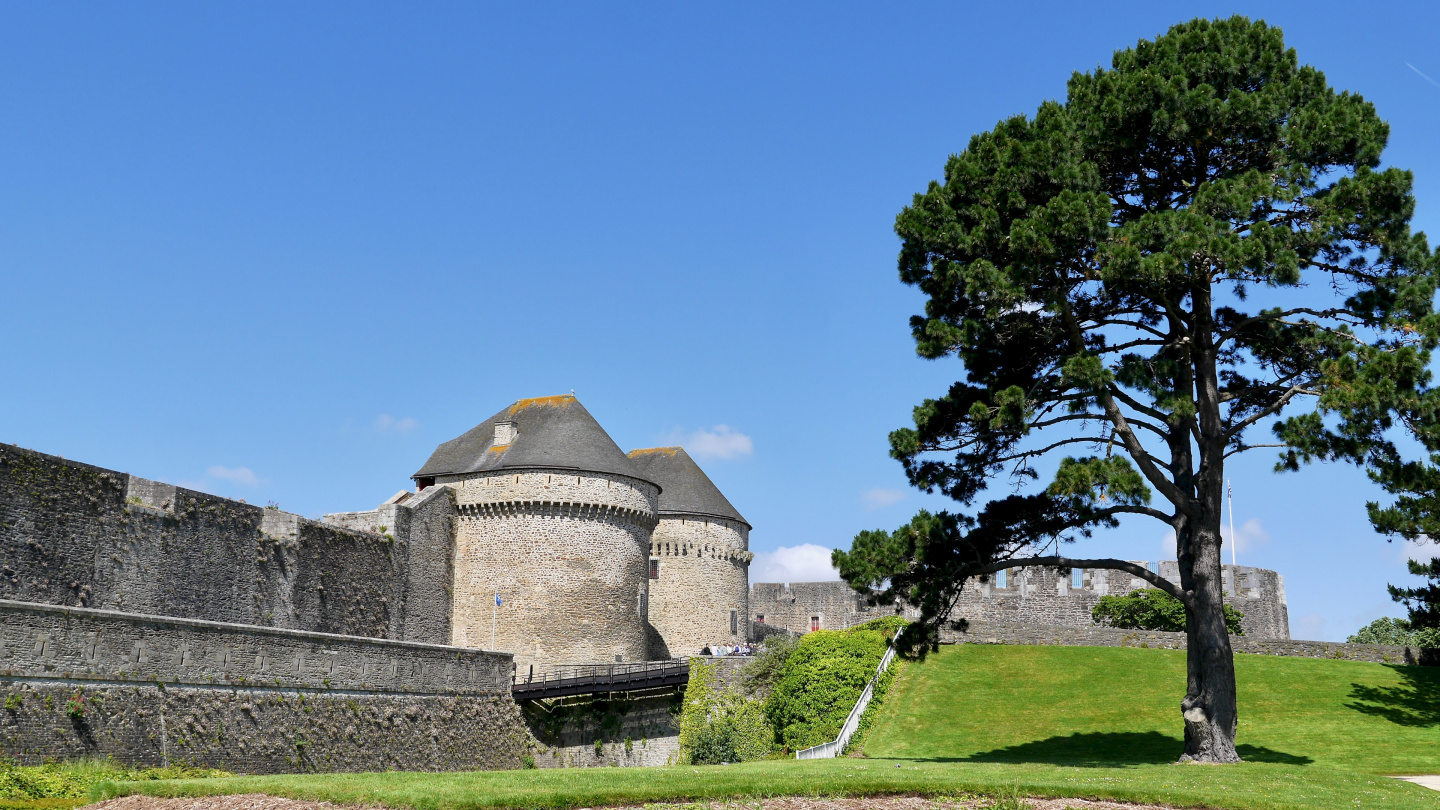
The exhibition was well organized and it describes the history of French navy and exploration fleets. The tour was winding on narrow passageways, up and down between towers. We could also really notice that we had arrived to the wine country as the French exploration ships were bunkered full of wine. Other ships and castles we’ve visited earlier have always calculated the seaman’s daily rations in beer but here Breton sailors had one litre of wine per day only.
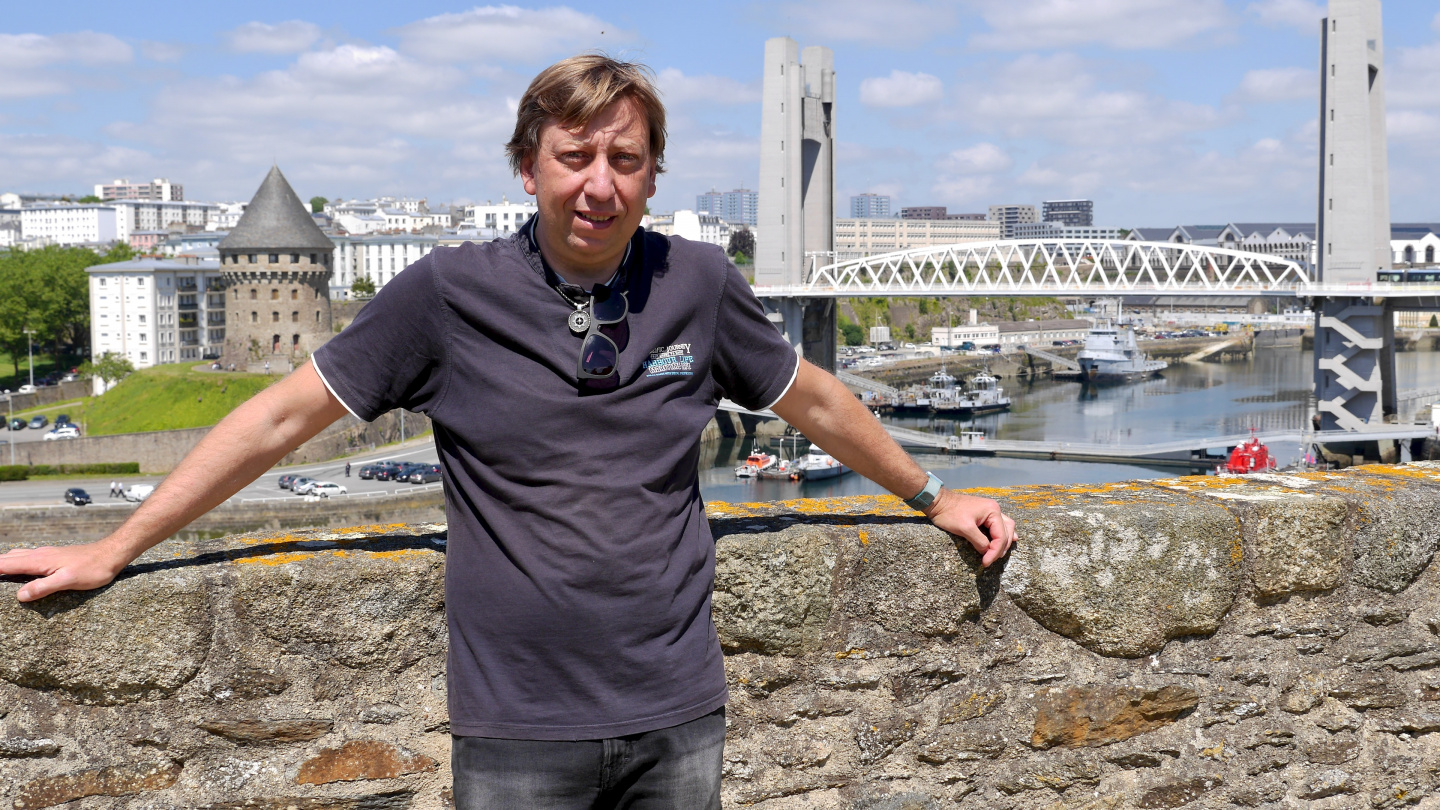
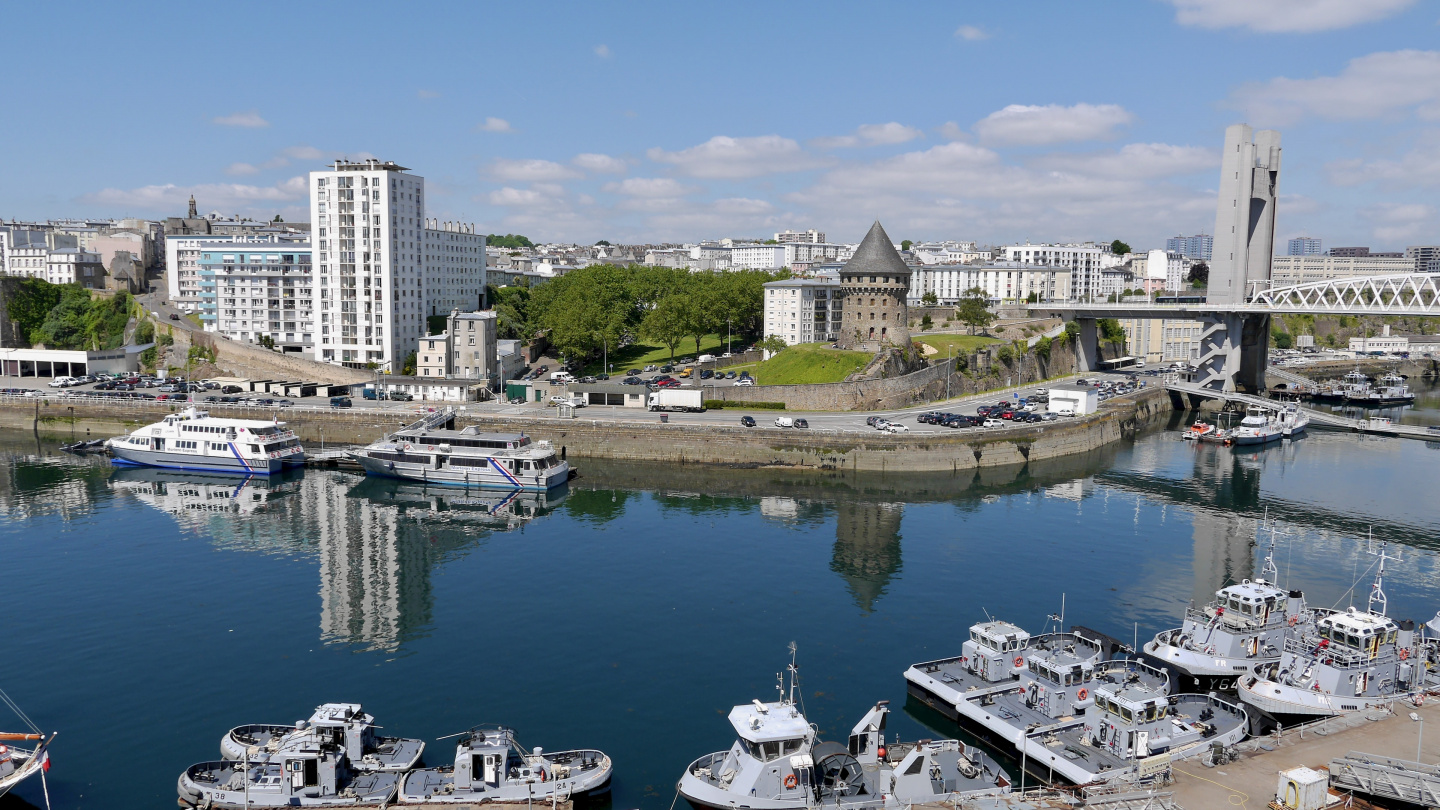
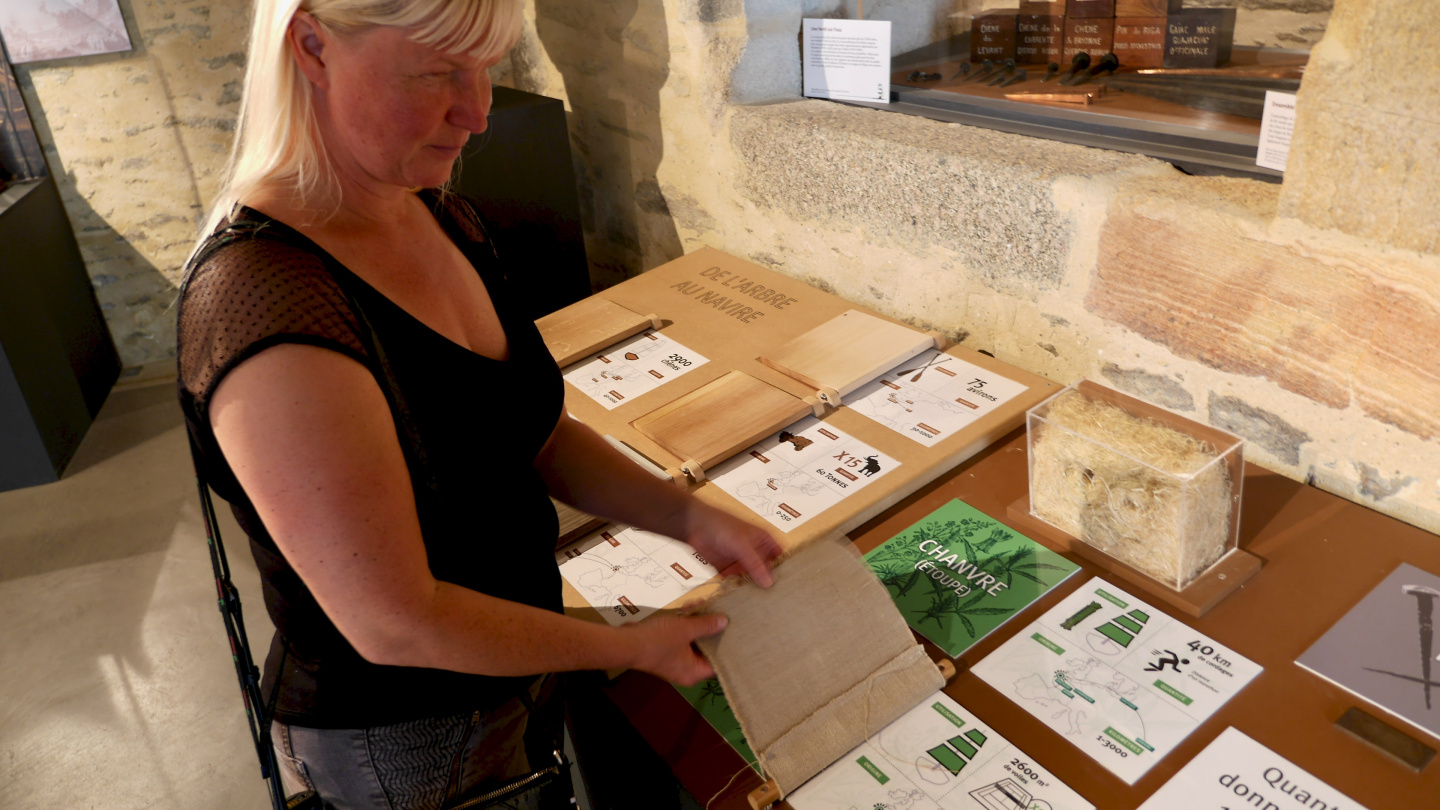
Next to the castle there is rue de Siam street with the shopping and restaurant areas. We also took a nearby funicular across the river for looking at the old houses from the 17th century on rue de St-Malo. After a short walk we took a tramway back to the Siam street and we only had one more task in Brest; buy some fresh baguettes and croissants from nearest bakery. We were eager to depart on the same evening for spending the next days on the anchorage of the river L’Aulne.
